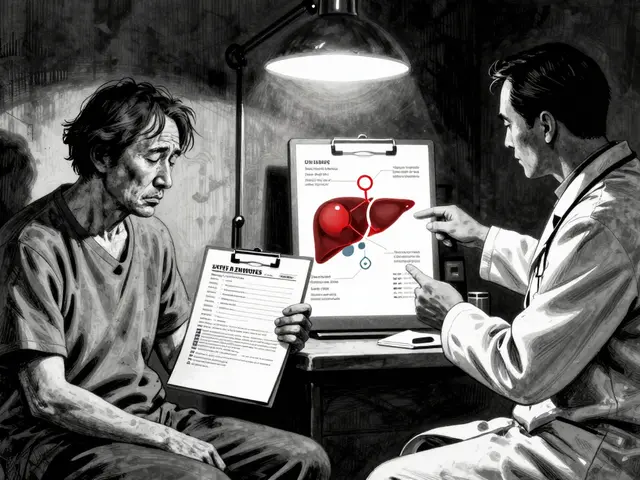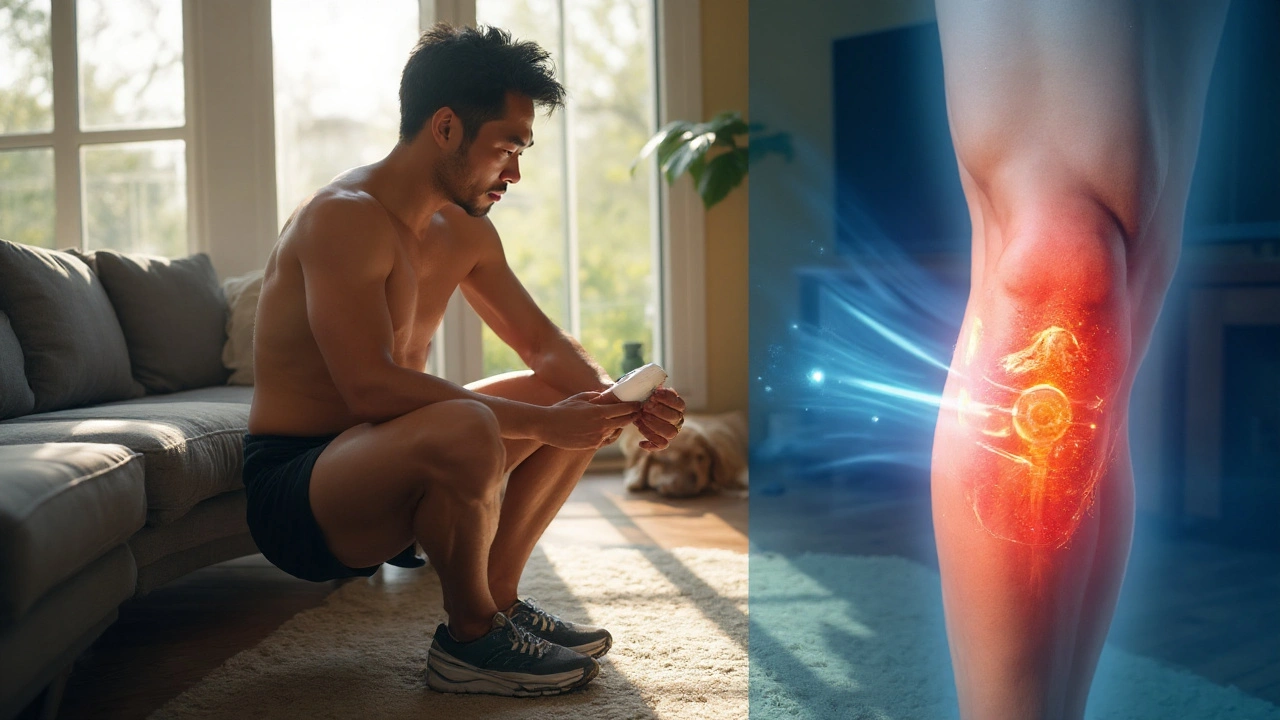Osteoarthritis Treatment: What Really Works for Joint Pain
If your knees or hips creak every time you stand up, you’re probably dealing with osteoarthritis (OA). The good news is there are many ways to keep the pain in check and stay moving. Below you’ll find a straightforward mix of medicine, movement, and everyday habits that actually help.
Medication Basics You Can Trust
The first line of defense is usually over‑the‑counter painkillers like ibuprofen or naproxen. They cut inflammation and make daily tasks easier. If those aren’t enough, doctors often prescribe stronger anti‑inflammatories (NSAIDs) or low‑dose steroids for short bursts.
Some people benefit from topical creams that contain diclofenac or capsaicin. You just rub them on the sore spot, and they work without stomach upset. For advanced cases, oral supplements such as glucosamine, chondroitin, or turmeric can add a small boost, but keep expectations realistic – they’re not miracle cures.
Move Smart: Exercise and Physical Therapy
Staying still makes OA worse. Light‑to‑moderate activity protects cartilage by delivering nutrients and keeping muscles strong. A simple routine of 20‑minutes walking, swimming, or cycling most days does the trick.
Physical therapists can teach you specific strength‑training moves for the quads, hips, and core. Strong muscles act like shock absorbers, reducing the load on your joints. Stretching before and after activity also eases stiffness.
If you’re unsure where to start, try a beginner’s “chair yoga” video. It focuses on gentle range‑of‑motion moves that don’t strain the knees but still improve flexibility.
Diet and Lifestyle Tweaks
Weight matters a lot. Every extra pound puts additional pressure on weight‑bearing joints. Losing even 5–10 % of body weight can cut pain by half for many people.
Eat foods rich in omega‑3 fatty acids – salmon, walnuts, flaxseed – because they have natural anti‑inflammatory properties. Limit processed sugars and saturated fats, which can worsen inflammation.
Don’t forget sleep. Poor rest ramps up pain signals. Aim for 7–8 hours of quality sleep and consider a supportive pillow or mattress if you wake with joint aches.
When Injections or Surgery Come Into Play
If meds, exercise, and weight loss don’t bring relief, doctors might suggest injections. Corticosteroid shots can calm severe flare‑ups for a few months. Viscosupplementation (hyaluronic acid) adds cushioning fluid to the joint, which helps some people feel smoother movement.
In late‑stage OA where cartilage loss is extensive, joint replacement surgery becomes an option. Modern knee and hip replacements last 15–20 years on average, letting you get back to activities you love.
Putting It All Together
The key to managing osteoarthritis isn’t a single magic bullet; it’s a combination of the right meds, regular movement, healthy weight, and smart lifestyle choices. Start small: add a short walk after dinner, swap out one sugary snack for a handful of nuts, and talk to your doctor about an NSAID that fits your health profile.
Track what works – a simple note in your phone can show you which activities or foods lower pain scores. Over time you’ll see patterns, and you’ll have a personalized plan that keeps joints moving without constant ache.
Remember, osteoarthritis is chronic, but it doesn’t have to control your life. With the right toolbox, you can stay active, enjoy hobbies, and keep pain at bay.
Choline Salicylate + Lignocaine for Arthritis Pain: Uses, Safety, Evidence
Does choline salicylate + lignocaine help arthritis pain? See how it works, when to use it, safety tips, and how it compares to topical NSAIDs and other options.
About
Medications
Latest Posts

Unlock the Secrets of Date Palm: The Ultimate Dietary Supplement for a Healthier You!
By Orion Kingsworth Jun 2, 2023

Statins and Nonalcoholic Fatty Liver Disease: Are They Safe? What You Need to Know
By Orion Kingsworth Dec 29, 2025

How Environmental Factors Influence Bronchial Asthma
By Orion Kingsworth Oct 1, 2025

